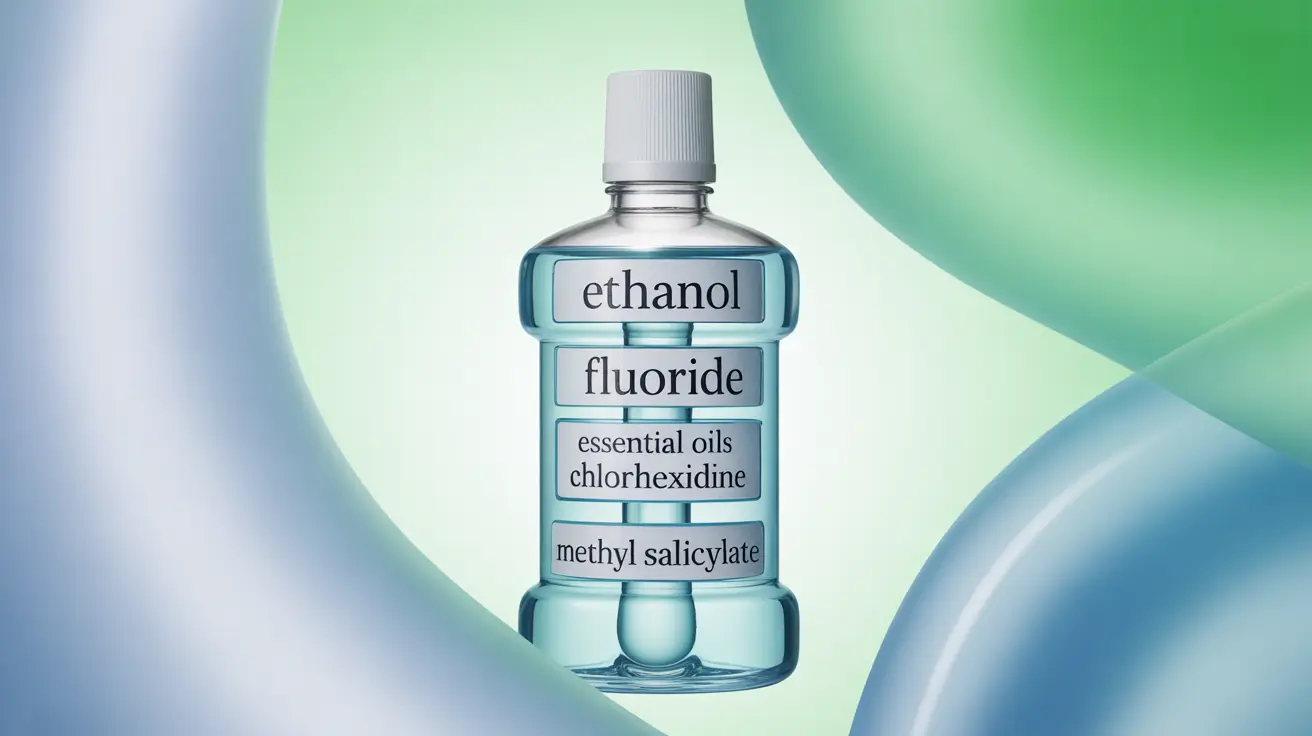Accidentally swallowing mouthwash is a concerning situation that requires immediate attention and understanding of potential risks. While small amounts during normal use may not cause serious harm, ingesting larger quantities can lead to significant health complications due to the toxic ingredients commonly found in mouthwash products.
This comprehensive guide will help you understand the dangers of mouthwash ingestion, recognize warning signs, and know exactly when to seek medical help. We'll also cover prevention strategies and proper emergency response procedures.
Understanding Mouthwash Toxicity
Mouthwash contains several potentially harmful ingredients that can cause adverse effects when swallowed in significant amounts. The most concerning components include:
- Ethanol (alcohol)
- Fluoride
- Essential oils
- Chlorhexidine
- Methyl salicylate
These ingredients, while safe for brief oral contact, can become dangerous when ingested in larger quantities, particularly for children or sensitive individuals.
Signs and Symptoms of Mouthwash Poisoning
Recognizing the symptoms of mouthwash poisoning is crucial for proper emergency response. Common signs include:
- Drowsiness or confusion
- Stomach pain and nausea
- Difficulty breathing
- Low blood pressure
- Rapid heart rate
- Severe burning in the mouth and throat
- Dizziness or loss of coordination
Severity Levels of Mouthwash Ingestion
The severity of symptoms typically depends on several factors:
- Amount ingested
- Concentration of toxic ingredients
- Age and weight of the person
- Individual sensitivity to ingredients
- Time elapsed since ingestion
Emergency Response Protocol
If someone has consumed a significant amount of mouthwash, take these immediate steps:
- Call poison control (1-800-222-1222) or emergency services
- Do not induce vomiting unless specifically instructed
- Keep the mouthwash container for reference
- Monitor vital signs and symptoms
- Stay with the affected person until help arrives
Prevention Strategies
Implementing proper safety measures can help prevent accidental mouthwash ingestion:
- Store mouthwash in locked cabinets or high shelves
- Use child-resistant caps
- Supervise children during oral hygiene routines
- Consider alcohol-free alternatives for households with young children
- Never transfer mouthwash to unmarked containers
Frequently Asked Questions
What are the symptoms of swallowing mouthwash and when should I seek medical help?
Symptoms include drowsiness, stomach pain, breathing difficulties, and coordination problems. Seek immediate medical help if someone has swallowed more than a small amount during normal use or shows any concerning symptoms.
How much mouthwash is considered dangerous to swallow, especially for children?
For children, even a few tablespoons can be dangerous. For adults, ingesting more than 4-8 ounces may require emergency care. The exact dangerous amount varies based on the product's concentration and the person's size.
What ingredients in mouthwash cause toxicity if ingested in large amounts?
The most toxic ingredients include ethanol (alcohol), fluoride, essential oils, and methyl salicylate. These can cause various adverse effects ranging from intoxication to severe metabolic disturbances.
What should I do if someone accidentally drinks a large amount of mouthwash?
Immediately contact poison control or emergency services, don't induce vomiting unless instructed, keep the container for reference, and stay with the person while monitoring their condition.
How can I prevent accidental swallowing of mouthwash at home?
Store mouthwash securely out of children's reach, use child-resistant caps, supervise children during use, choose alcohol-free alternatives when possible, and maintain proper labeling on all containers.




